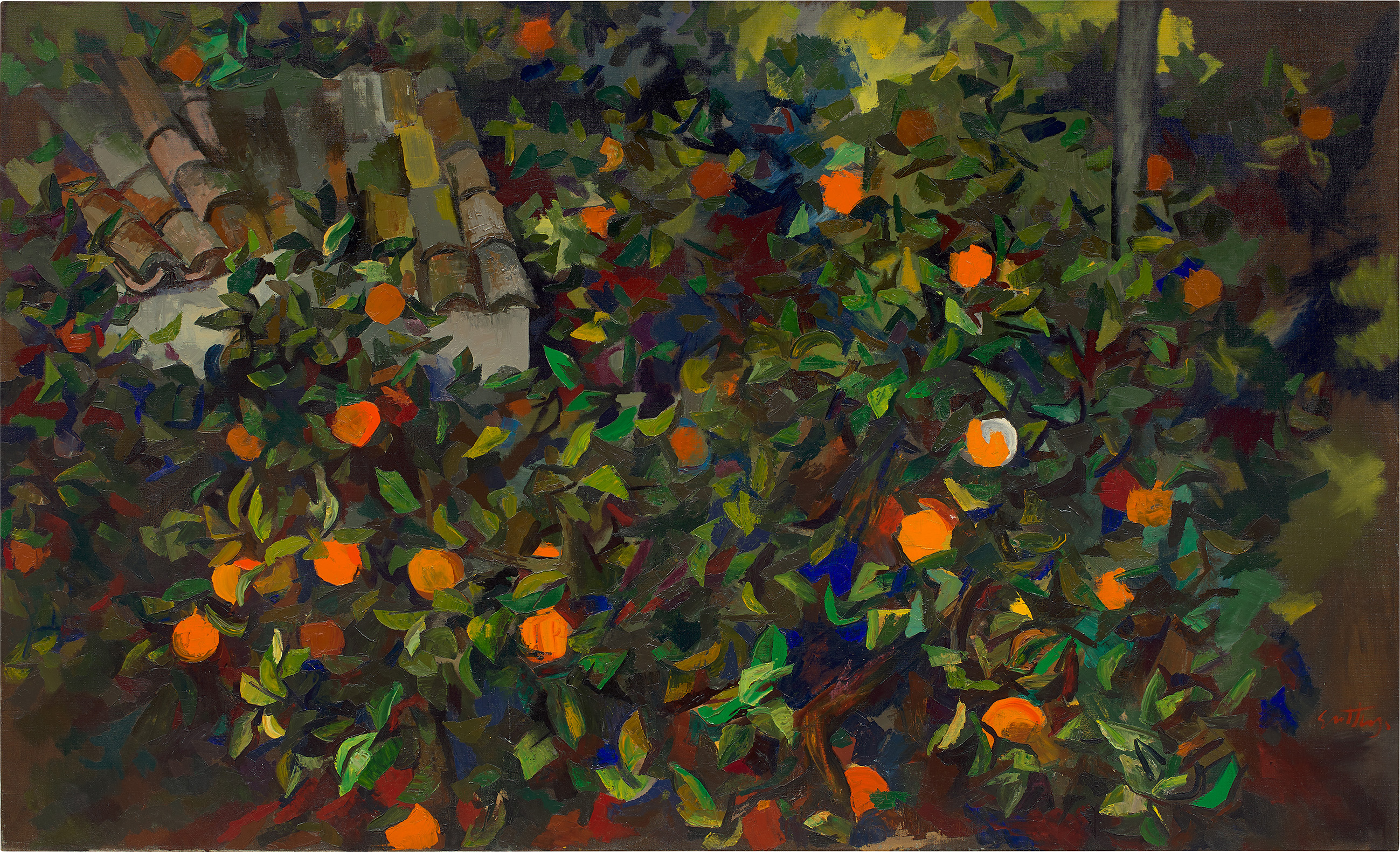

Property from The Museum of Modern Art, New York, Sold to Benefit the Acquisitions Fund
46
Renato Guttuso
Aranceto Notturno
signed 'Guttuso' lower right
oil on canvas
140.3 x 230.8 cm (55 1/4 x 90 7/8 in.)
Painted in 1957.